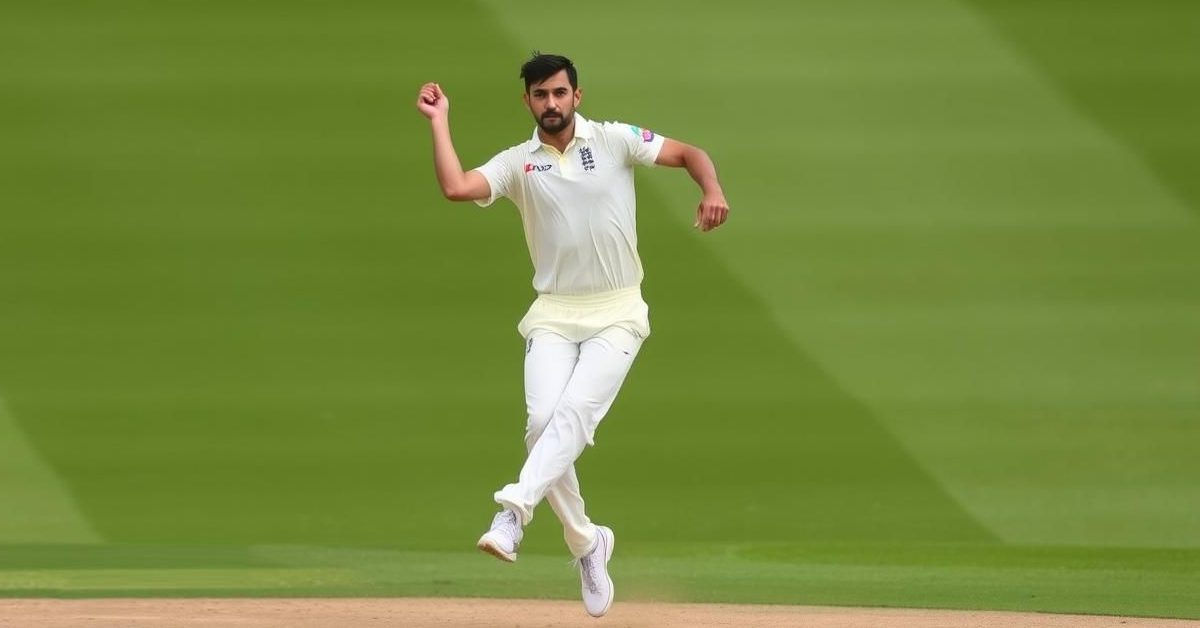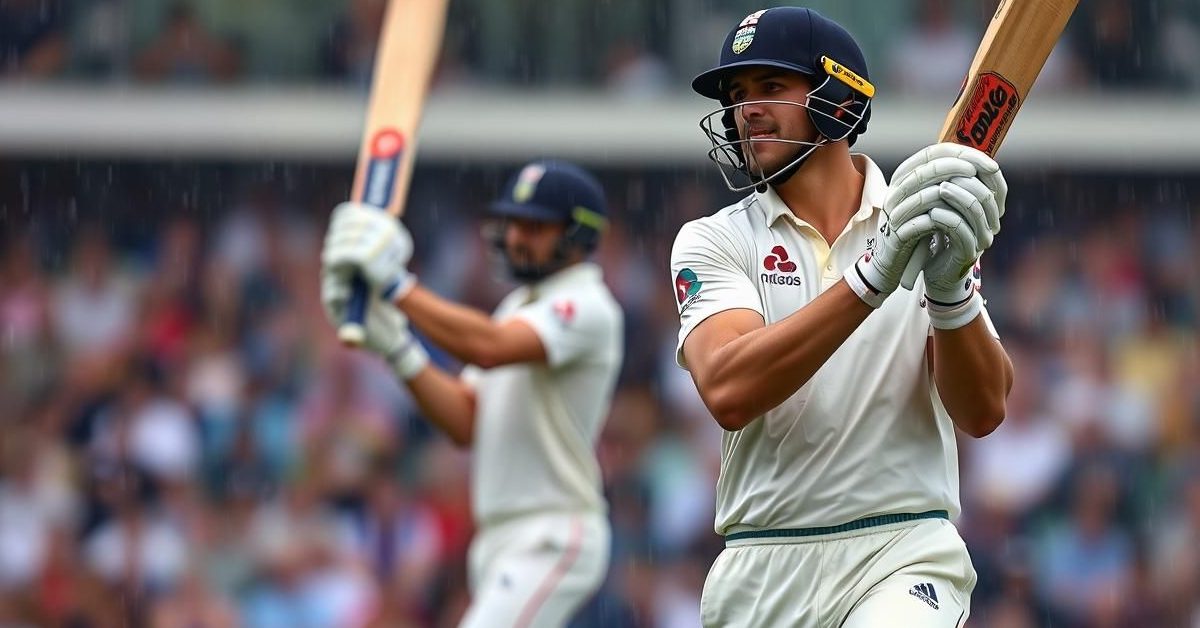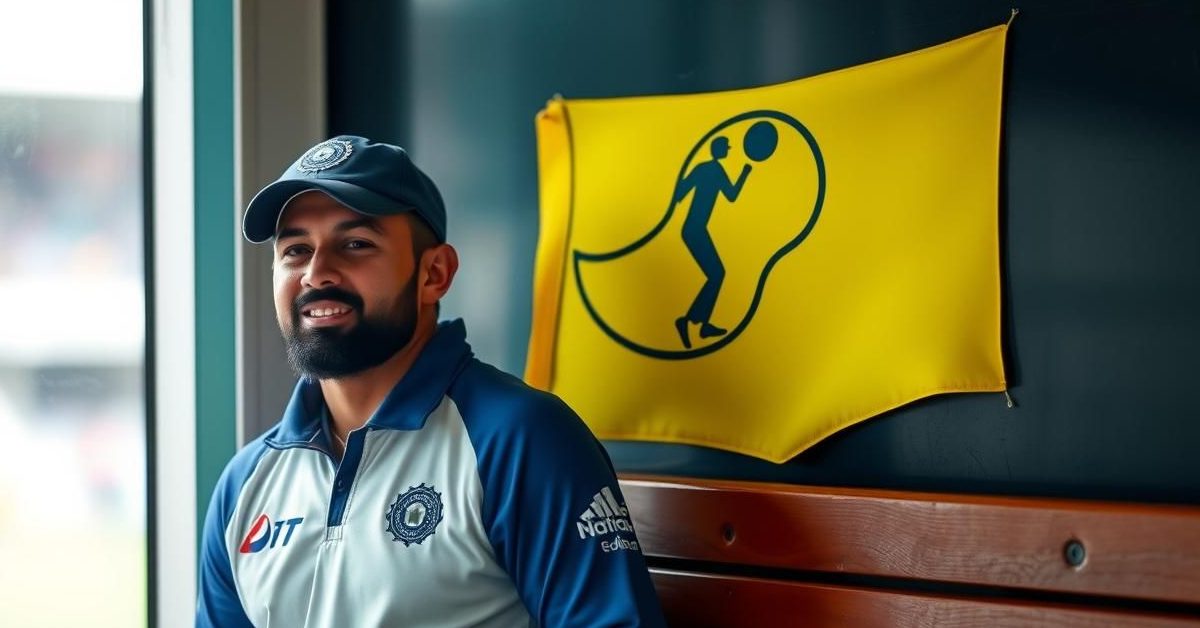A recent delivery from Indian pacer Akash Deep, which dismissed England’s Joe Root, has sparked debate, with some questioning if it was an uncalled back-foot no-ball.
The Controversial Wicket
During England’s second innings on Saturday, Akash Deep rattled Joe Root’s stumps, sending him back to the pavilion for just six runs. This crucial wicket saw England slump to 50/3 in the second Test at Edgbaston, significantly impacting their chase of a massive target.
At stumps on Day 4, England needed 536 more runs to win, making every dismissal critical for the Indian side.
A Commentator’s Sharp Eye
However, the legality of the dismissal was later brought into question by commentator Alison Mitchell on BBC TMS. Mitchell meticulously observed the replay, pointing out a potential infringement that went unnoticed by the on-field umpires.
She highlighted that Akash Deep’s back foot appeared to land outside the return crease, specifically about two inches over the line. “Not picked up!” she noted during her commentary.
Understanding the Back-Foot No-Ball Rule
While most cricket fans are familiar with the front-foot no-ball, where part of the bowler’s front foot must land behind the popping crease, there’s also a less common but equally important back-foot rule.
According to Law 21.5 of the MCC’s Laws of Cricket, a bowler’s back foot must land “within and not touching the return crease” during their delivery stride. The return creases are the shorter lines parallel to the pitch, next to the stumps.
This rule ensures bowlers don’t gain an unfair advantage by straying too wide with their back foot. Failure to adhere to this, just like a front-foot transgression, constitutes a no-ball, resulting in an extra delivery and a free hit for the batting side in limited-overs formats.
Why It Matters
An uncalled no-ball, especially one leading to a wicket, can significantly alter the course of a match. Had it been spotted, Root would have been called back, and India would have had to bowl an extra delivery, potentially changing the momentum of the innings.
Such incidents often highlight the reliance on technology and accurate officiating in modern cricket, as real-time decisions can be incredibly challenging.
Not an Isolated Incident
Interestingly, similar instances of back-foot no-balls have occurred previously and gone unnoticed or caused debate. One notable example involved Indian spinner Ravichandran Ashwin during an IPL match, where his front foot crossed the return crease – a related but distinct technicality that also sparks discussion.
- Akash Deep’s wicket of Joe Root is under scrutiny for a potential back-foot no-ball.
- Commentator Alison Mitchell noted Akash Deep’s back foot appeared to land outside the return crease.
- MCC Law 21.5 states a bowler’s back foot must land within the return crease.
- Uncalled no-balls, especially for wickets, can have significant match implications.
The debate around this specific delivery underscores the complexities of cricketing laws and the challenges faced by umpires in real-time decision-making.













